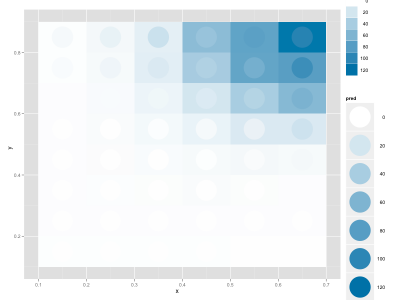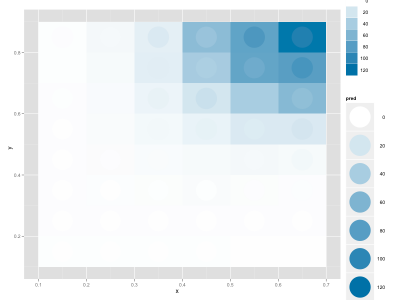These are the things I want to see in my feed: articles and papers you found and wanted to share, your opinions, your blog posts; to a lesser extent: your bookmarks.
However, I these things don't care about in my feed: GitHub activity, BioStar comments, shared YouTube videos, songs you liked, Wikipedia activity, etc.
On FriendFeed, it was
easy to hide sources I didn't want to see, as each stream of content was clearly separate. It was even possible to hide an item until someone of my network liked it or commented on it. On Twitter, this seems almost impossible. First, everyone is setting up
TwitterFeed as they see fit, so even finding a way to identify streams of items I would like to hide is not easy. Second, how would I hide it? Twitter doesn't even filter blocked users properly, they still show up in search. My current client of choice, Twitterrific, doesn't support any kind of filtering.
We all know this: "
It's Not Information Overload. It's Filter Failure." Yes, the members of my network can be (active) filters. But I also need passive filters to reduce the amount of information that reaches me. Otherwise, my social network becomes much less useful to me. My fear is that, if all of us pipe everything into Twitter, it becomes a useless mess.







